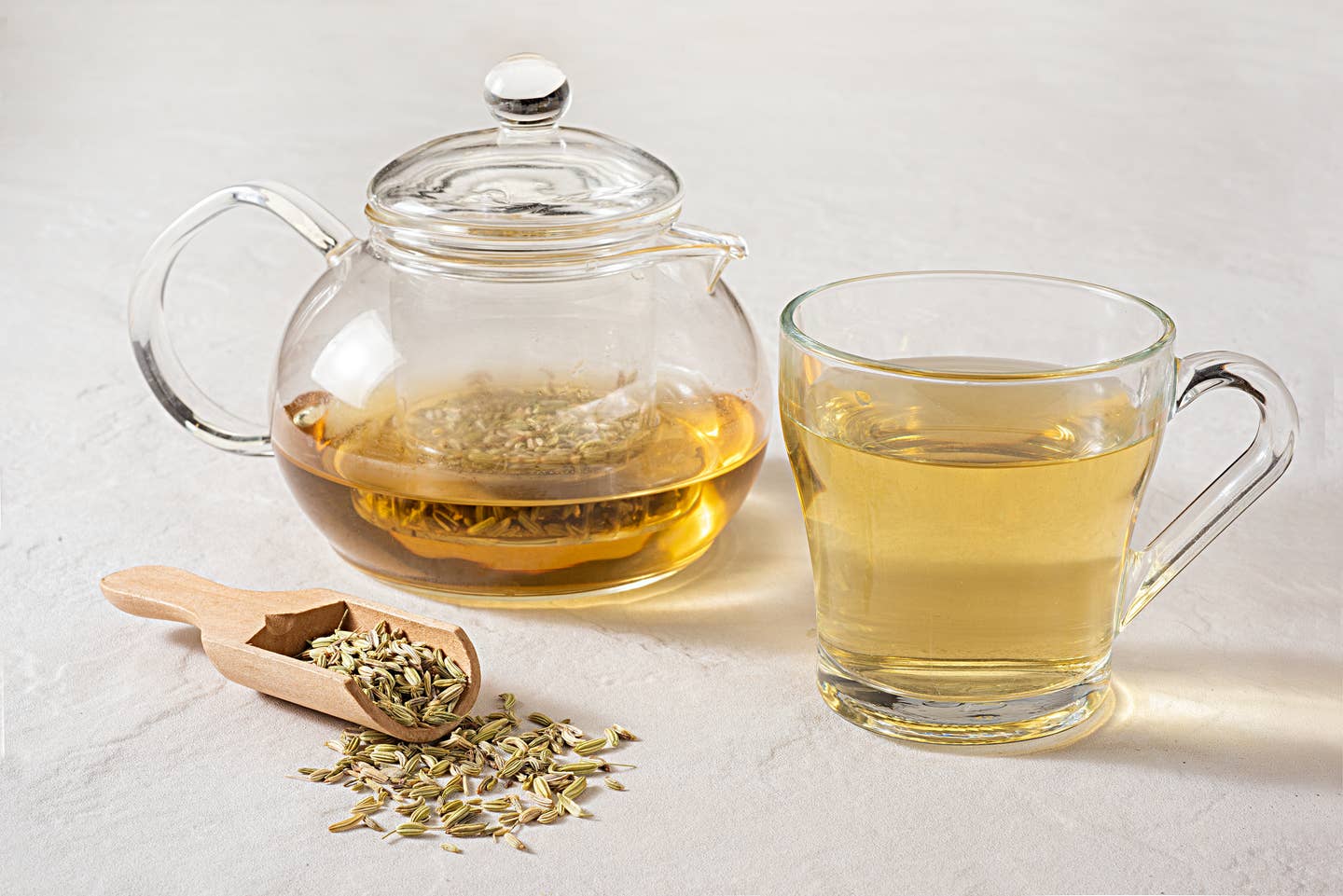
Is Red Meat Bad For You? New Study Finds Red Meat Linked to Heart Disease
Is red meat bad for you? That's what a new study finds, and it doesn't take much to increase your risk of heart disease by a significant amount. A review of 1.4 million meat-eaters found that regularly digging into a steak or grabbing a burger (or ham sandwich) increases your risk of heart disease by 18 percent.
Why are red meats and processed meats bad for your heart? The study found that three mechanisms are triggered when you eat meat, which can lead to hardening of the arteries, blockages, and possible heart attacks and strokes. The worst meat for you is processed meat, which doubles your odds of getting heart disease.
Heart disease now afflicts 48 percent of the American population, and likely more, since many people may suffer from high blood pressure, a cause of heart disease, without knowing it since it has few symptoms, which is why it's called the "silent killer" according to medical experts. Unprocessed red meat (like beef, pork, and lamb) raises heart disease risk by 9 percent. Plant-based protein has been found to lower the risk of heart disease in previous studies.
Meat-eating has been tied to heart disease in the past
Studies have linked meat-eating with heart disease in the past, but this review is a conclusive look at over a dozen studies and found a definitive connection between meat intake and heart disease. A plant-based diet has been linked to lowering heart disease risk, which is why doctors recommend the Mediterranean diet, or a "green" version of it, cutting out meat and dairy to lower saturated fat intake.
In the new study, moderate consumption of unprocessed red meat was associated with a 9 percent increase in heart disease while processed meat intake is associated with an 18 percent higher risk of heart disease.
Researchers at Oxford’s Nuffield Department of Population Health analyzed data from 13 cohort studies, which in total tracked the health of 1.4 million people for 30 years.
They defined meat as: Beef (including hamburgers), lamb, veal, goat, pork, sausage, ham, bacon, pastrami, deli meat, chicken, nuggets, turkey, and duck among other meats. They defined "meat-eating" as more than 50 grams, or 1.7 ounces, per day. Poultry was not found to have the same dangerous effects on heart disease, the study concluded.
“We know that meat production is a major contributor to greenhouse gas emissions and we need to reduce meat production and consumption to benefit the environment," said Anika Knüppel, a co-lead author of the study.
Why are red meat and processed meat bad for you?
The mechanisms that lead to heart disease among red meat and processed meat eaters is most likely due to three factors:
1. Saturated fat is linked to heart disease.
The saturated fat in meat (and also found in dairy) has been shown to increase LDL cholesterol, a factor in heart disease. LDL causes calcium deposits, or plaque to build up in the arteries, creating blockages, which in turn leads to higher blood pressure and eventually causing heart failure, heart attacks or strokes.
A note about poultry: Unprocessed red and processed meat contain higher amounts of saturated fat per gram than poultry, which could explain the absence of an association with poultry intake, the authors surmise.
2. TMAO causes the hardening of the arteries.
Red meat prompts the body to produce is TMAO, or trimethylamine-N-oxide, which might contribute to an increased risk of heart disease by promoting atherosclerosis, or hardening of the arteries, which also contributes to high blood pressure, heart attacks, and strokes. Meat intake changes the gut microbiome and the bacteria required to break down meat increases circulating TMAO.
3. Processed meat is high in sodium.
Additionally, processed meat has high sodium content, which likely increases the risk of high blood pressure, "a causal risk factor for heart disease." The study concludes: "Red and processed meat consumption is associated with higher levels of inflammatory biomarkers due to their high heme content."
How to reduce risk of heart disease
To reduce the risk of heart disease, replace red meat with plant-based protein such as legumes, vegetables, fruit, nuts, seeds, and whole grains, all of which have plenty of protein. For example, tofu has as much protein as a chicken breast.
There are alternative ways to get all the protein, iron, and B12 you need from whole plant-based foods. On average you need between 46 grams and 56 grams of protein a day (more if you are training for a fitness event).
Most Americans get more protein than their body needs. To calculate how much protein you need, enter your weight into this formula: 0.8 grams of protein per kilogram of body weight, or 0.36 grams per pound. More than that and you may be overdoing it and creating protein overload.
Bottom Line: Does red meat cause heart disease?
This is just the latest study to find that red meat and processed meat are associated with a higher risk of heart disease, and this study found that even 2 ounces a day is enough to raise your risk by up to 18 percent. To cut down on risk, and be heart healthier, ditch the meat and choose plant-based sources of protein instead.
If you’re looking for more ways to incorporate a healthy, plant-based diet into your day-to-day life, check out our Health and Nutrition articles.
Top 10 Sources of Plant-Based Protein According to a Nutritionist
1. Seitan
Protein: 21 grams in ⅓ cup (1 ounce) Seitan isn’t as popular as other proteins, but it should be! Made from wheat gluten, its texture resembles ground meat. It’s often used in pre-made veggie burgers or meatless nuggets. Seitan has a savory taste, like mushrooms or chicken, so it works well in dishes that call for an umami flavor. With a hearty texture, seitan can be the star of practically any vegan main dish. Add it to stir-fries, sandwiches, burritos, burgers, or stews. Like tofu, seitan will take on the flavor of any marinade or sauce.
2. Tempeh
Protein: 16 grams in 3 ounces If you like a protein with a bit of bite, add tempeh to your list. Made from fermented soybeans, tempeh has a slightly nutty flavor and is pressed into a block. Most varieties include some sort of grains, such as barley or millet. Not only is tempeh a plant-based source of protein, but the fermentation process also creates good-for-your-gut probiotics. You can cut tempeh right off the block and use it as the base for a sandwich or pan-fry it with some sauce. Or, crumble, heat, and make it the star of your next taco night.
3. Lentils
Protein: 13 grams in ½ cup cooked Lentils come in multiple varieties--red, yellow, green, brown, black. Regardless of the type lentils are small but mighty nutritional powerhouses. They pack a good amount of protein as well as iron, folate, and fiber. When cooked, brown lentils retain their texture and can be the base for a grain bowl or make a hearty substitute for ground meat in meatballs, lasagna, tacos or Bolognese. Red lentils are a bit softer and make a nice add-in for a hearty soup, chili, or stew.
4. Hemp Seeds
Protein: 10 grams in 3 tablespoons Hemp seeds are a tender and nutty seed, derived from the hemp plant. They contain good amounts of omega-3s, iron, folate, magnesium, phosphorus, and manganese. They are also a solid source of both soluble and insoluble fiber, which helps to keep your digestive tract healthy and humming. Because they pack a double whammy of protein and healthy fats, hemp seeds can help satisfy hunger, preventing those embarrassing stomach growls as you slog your way to your lunch break. Add them to your morning smoothie or sprinkle them on top of yogurt, oatmeal, or even a salad.
5. Tofu
Protein: 9 grams in 3 ounces (⅕ of a block) Made from coagulated soybeans, tofu is the most popular plant-based protein. Soy is one of the only meatless "complete" proteins, meaning that it contains all of the essential amino acids that the body can’t make but needs for muscle and immune function. With 15% of your daily calcium needs, tofu is also a good replacement for dairy.
6. Edamame
Protein: 9 grams of protein in ½ cup This sushi appetizer is a nutrient powerhouse, so eat it anytime. Edamame is really just another name for soybeans in their pods. Let’s list off some stats--a small ½-cup serving of edamame has 9 grams of protein, 15% of your daily vitamin C, 10% of your daily iron and 16% of your daily fiber. Keep a bag of edamame in your freezer to serve as a fun-to-eat side dish or opt for the shelled variety to toss into salads or a grain bowl.
7. Quinoa
Protein: 8 grams per cup (cooked) Quinoa is an ancient grain and since it's gluten-free a great choice for anyone avoiding gluten. Add it to your burger recipe to create filling texture, or instead of meat in your taco or burrito. Quinoa is among the healthiest foods on the planet, delivering phytonutrients that have anti-inflammatory qualities, so keep it in your pantry for any meal that needs a filling grain. Just remember to soak it and rinse before cooking to get rid of any bitter taste.
8. Black Beans
Protein: 7 grams in ½ cup (canned) Eating beans on the regular might as well be a prerequisite for a plant-based diet. Not only are canned black beans inexpensive, but they also contribute 10% of your daily iron and 25% of your daily fiber to your diet. For less than $1 a can, beans can be the star of tacos, quesadillas, salads, soups, burgers, or dips.
9. Amaranth
Protein: 6 grams in ⅔ cup (cooked) Chances are you’ve never cooked amaranth. But you should, since this tiny, gluten- free grain is packed with almost 30% of your daily fiber and 20% of your daily iron. Cook it like a traditional grain to yield a soft, porridge-like texture. Many people add amaranth to other a hot breakfast cereal mixture, like oats and quinoa. It also pops like popcorn. Toss it in a pot with some oil and wait for it to pop up into a nutritious snack.
10. Peas
Protein: 5 grams in ⅔ cup If peas were one of your most hated veggies as a kid, it’s time to give them another chance. These green beans are a great low-calorie protein to keep in your freezer. Sure, they don’t always taste great when steamed or microwaved (who wants to eat mushy, overcooked peas?), but they do blend well into a yummy puree that can be slathered on toast. To amp up the flavor, add some lemon juice or mint to your mix before you blend.
More From The Beet






